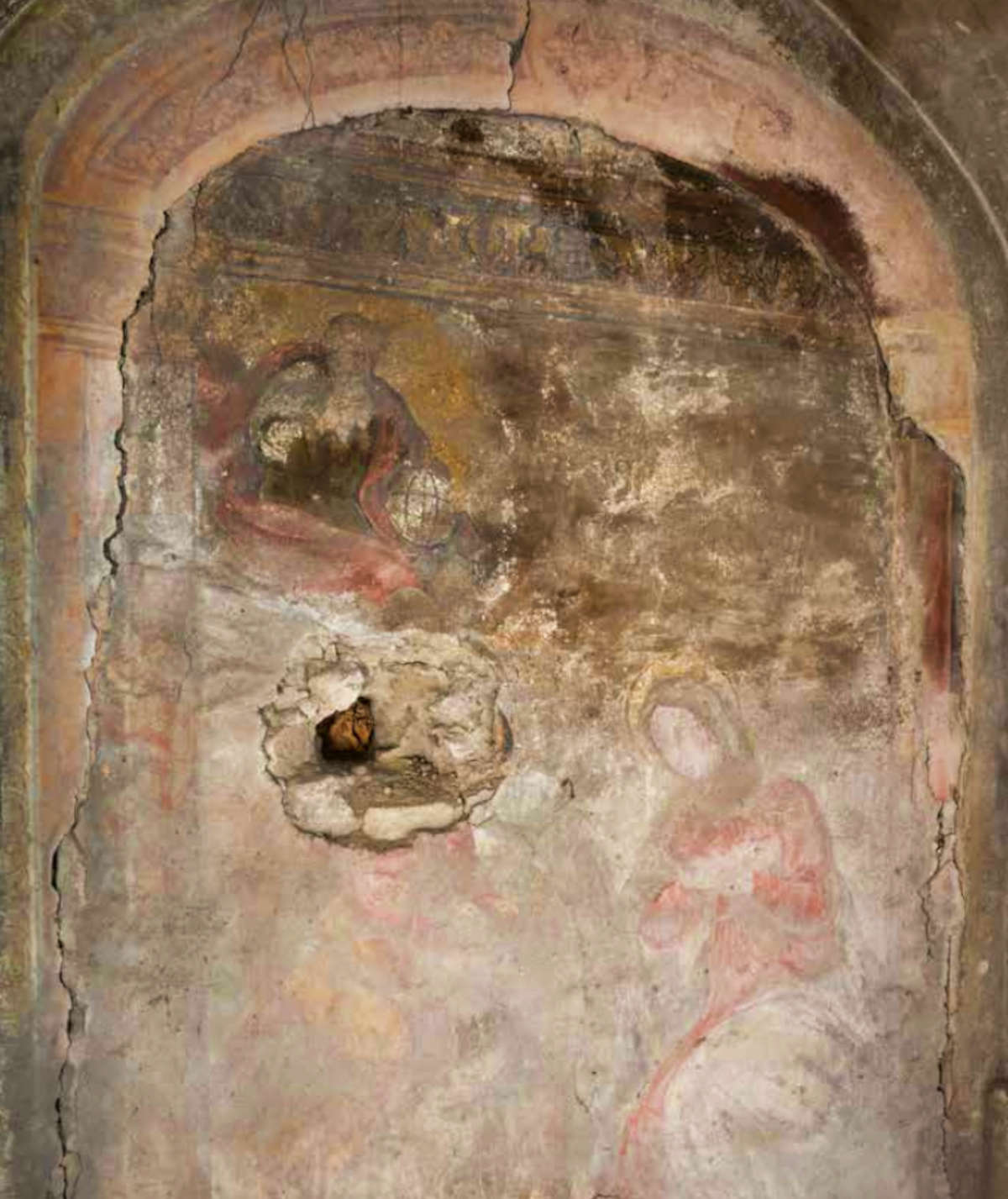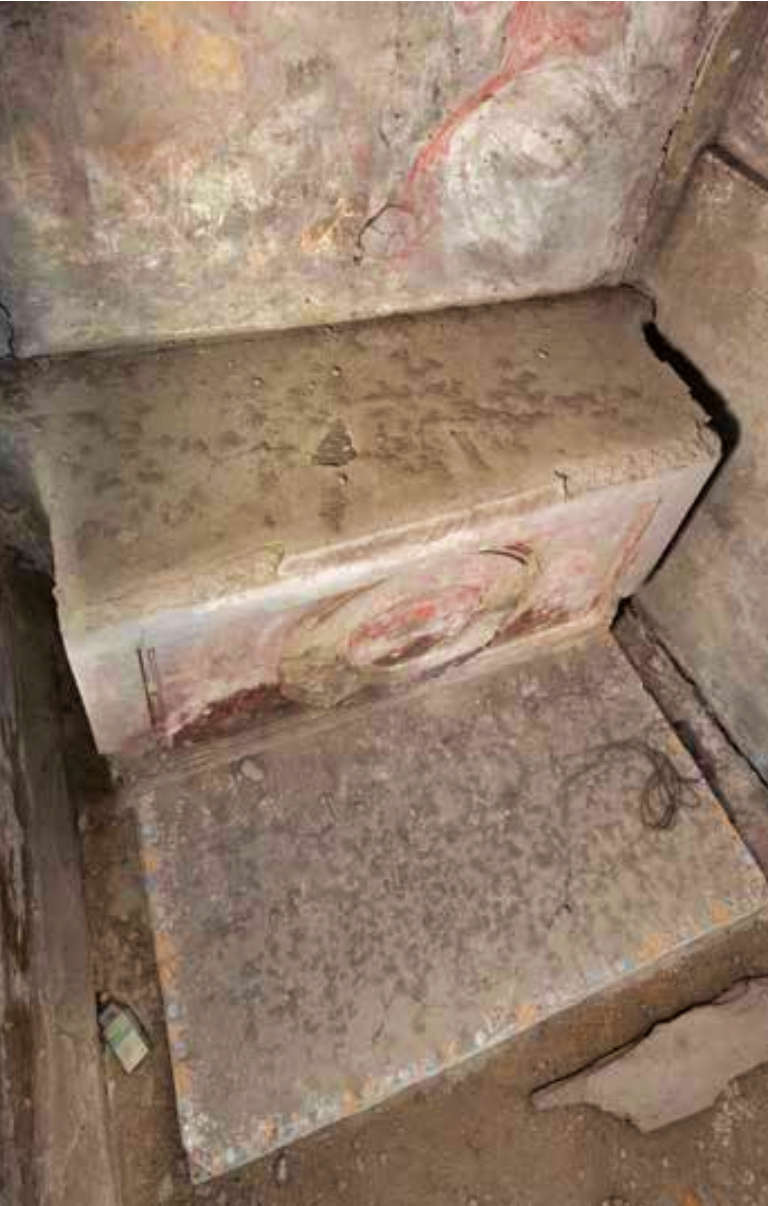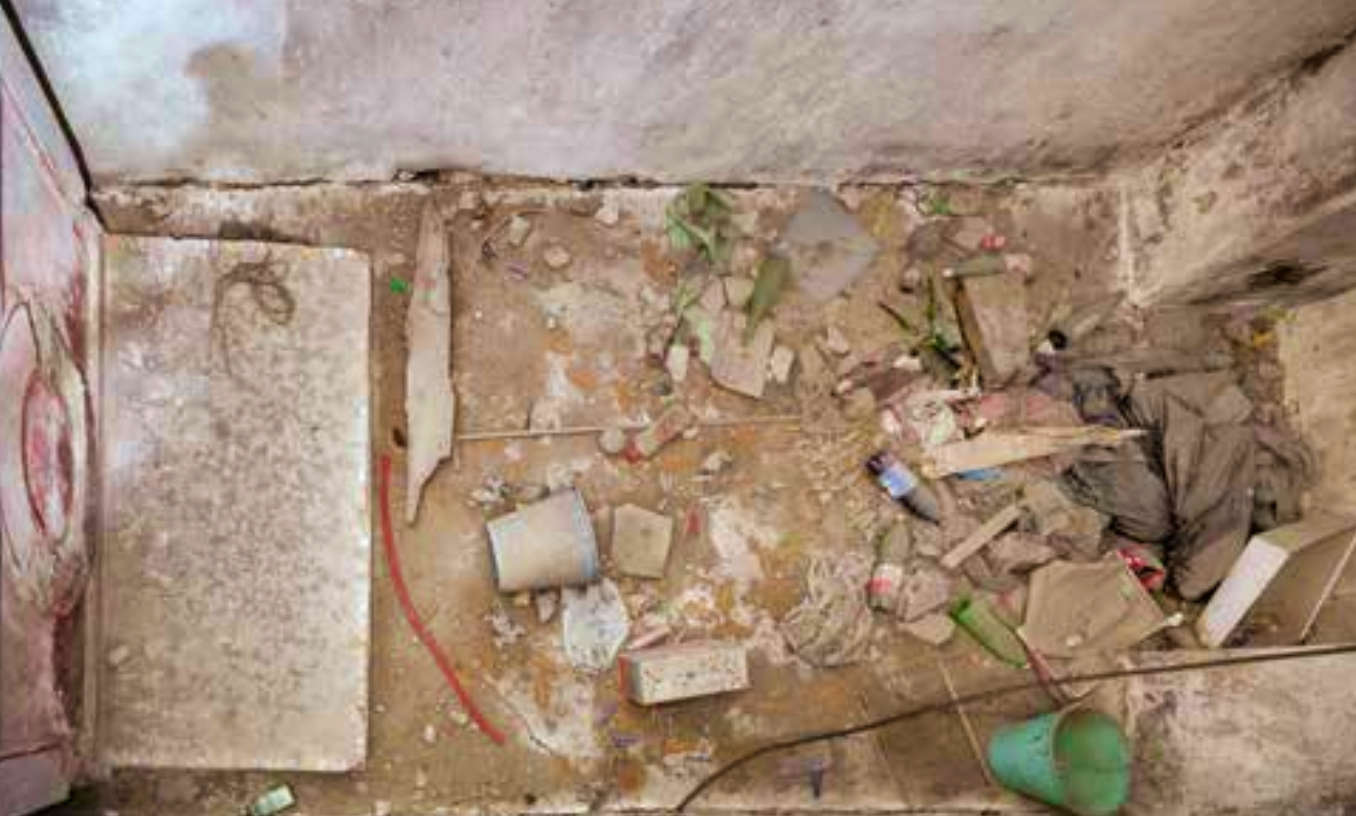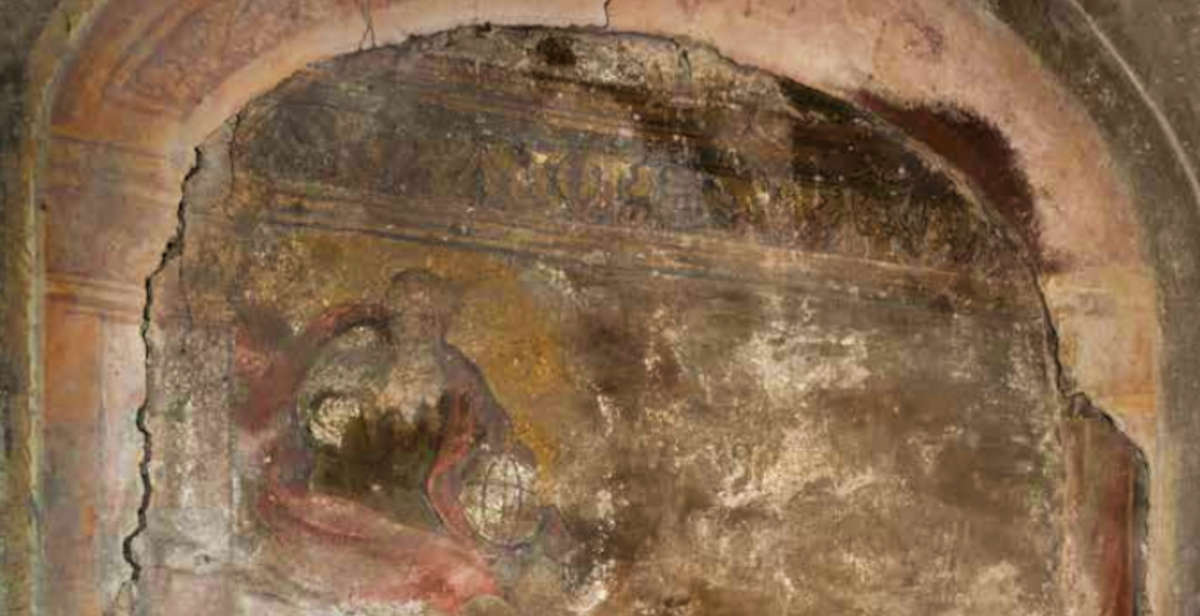In Naples, the past comes alive again from the foundations of its history. In the lower level of the cathedral, hidden for decades behind a wall and concealed even from collective memory, a 15th-century chapel has been rediscovered. It is the Minutolo family’s Chapel of the Annunciation, a sacred space built in the early 15th century and remained invisible, silent and forgotten for more than half a century. An artistic and architectural treasure that re-emerges today thanks to a long and patient investigation conducted by art historian Mariano Saggiomo, supported by the Bibliotheca Hertziana in Rome and documented by Studio Fotografico Pedicini. The announcement of the discovery will be at the heart of an afternoon of study scheduled for Tuesday, April 15, 2025 at 4:30 p.m. at the Real Monte Manso di Scala Foundation, 34 Nilo Street in Naples. A meeting that will not only be an opportunity to present the results of the research, but also a moment of broader reflection on the city’s submerged heritage and the strategies needed to enhance it and make it available to the public again.
The Chapel of the Annunciation was commissioned by Cardinal Enrico Minutolo in the early decades of the 15th century, when he decided to expand the family chapel inside the cathedral to accommodate his own funeral monument. The result was an extraordinary Gothic structure that still dominates the back wall of the sacellum in the famous Minutolo Chapel, one of the cathedral’s landmarks, so much so that Boccaccio mentions it in the novella by Andreuccio da Perugia in the Decameron.



It was at that time that the lower chapel, dedicated to the Virgin Annunziata, was built in the new hypogeum space obtained from the enlargement of the upper chapel. A place of worship accessible not from the Cathedral, but from a side street connected directly to the garden of the Minutolo family palace, located behind the Cathedral’s tribune. A choice that emphasizes the private and reserved character of this environment, intended for family use and perhaps even personal worship, outside the public circuit of the church.
Over the centuries, however, the fate of the chapel changed radically. Urban expansion and the gradual transformation of the surrounding spaces compromised its integrity. During the 19th century, even a chicken coop was built on that same site, and the sacred space was deconsecrated. In all likelihood after World War II the only access was walled up, and the chapel disappeared completely from the sight and knowledge of the citizens. Today, incredibly, its entrance is hidden under the terrace of a modern bed and breakfast.
Rekindling attention to this ghostly presence was the tenacity of Mariano Saggiomo. After years of documentary research and inspections, the scholar managed to locate a small slit in the crypt of the Minutolo Chapel from which it was possible to observe part of the lower compartment. From there a very high-precision photographic campaign began, carried out thanks to the support of the Bibliotheca Hertziana and the expertise of Studio Fotografico Pedicini. A further step was taken with the use of a drone: from the aerial images it was possible to determine with certainty the location of the hidden chapel.
The results of this investigation were published in a scholarly article that appeared in the prestigious international journal Römisches Jahrbuch der Bibliotheca Hertziana, bringing for the first time to the attention of the academic community and the public a hitherto unknown location. The importance of the discovery lies not only in the exceptional state of preservation of certain elements-the altar and a fresco depicting the Virgin Annunciate-but also in the possibility of rewriting a forgotten page of the city’s architectural and religious history. In addition to bearing witness to the urban and topographical evolution of the cathedral and its appurtenances, it recounts a way of understanding worship and devotion that interweaves family intimacy with sacred architecture. And it also represents a rare opportunity to study a fifteenth-century environment that has not been altered by the stratifications and renovations that involved most of the city’s sacred places.
 |
| Naples, discovery of a 15th-century chapel under the cathedral |
Warning: the translation into English of the original Italian article was created using automatic tools. We undertake to review all articles, but we do not guarantee the total absence of inaccuracies in the translation due to the program. You can find the original by clicking on the ITA button. If you find any mistake,please contact us.